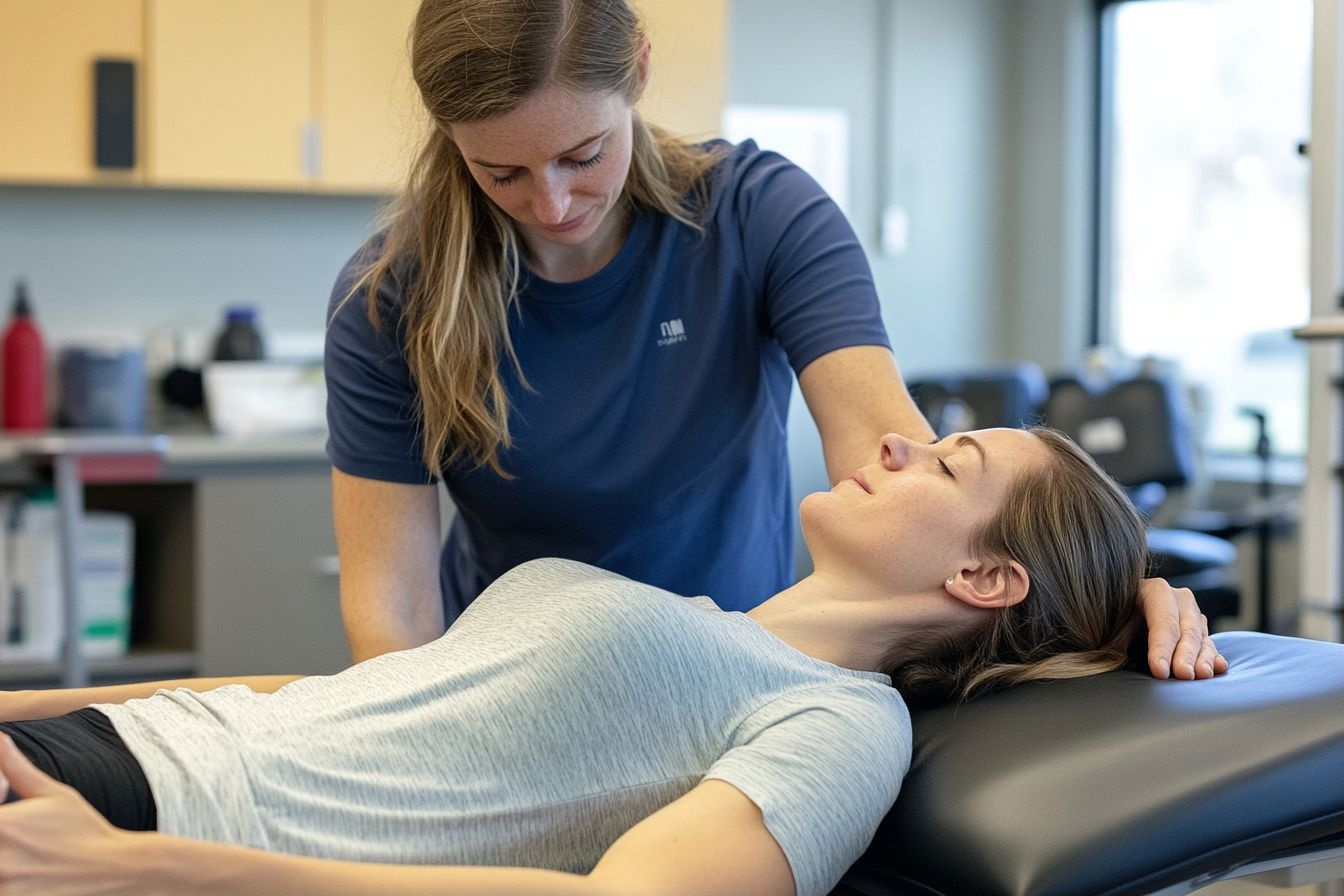Peripheral Neuropathy Treatment in the USA: Leading Care Approaches and Centers in 2025
In 2025, treatment for peripheral neuropathy in the United States continues to advance through specialized medical centers and multidisciplinary care programs. These centers often combine neurology, physical therapy, and pain management to help patients maintain mobility and comfort. While treatment approaches and outcomes vary, understanding the types of clinics and therapies available can guide individuals seeking informed care decisions. This overview explains where advanced neuropathy programs are found, what therapies are commonly used, and how innovation is improving quality of life for those affected.

Peripheral neuropathy represents a complex group of conditions affecting the peripheral nervous system, impacting daily life for over 20 million Americans. As medical understanding advances, treatment options continue to expand, offering hope for improved quality of life and symptom management.
What Is Peripheral Neuropathy?
Peripheral neuropathy occurs when nerves outside the brain and spinal cord become damaged or diseased. This condition affects the peripheral nervous system, which transmits information between the central nervous system and the rest of the body. Common symptoms include numbness, tingling, burning sensations, and pain, typically starting in the hands and feet.
The condition can result from various causes, including diabetes, autoimmune diseases, infections, inherited disorders, and exposure to toxins. Diabetic neuropathy accounts for approximately 60-70% of all peripheral neuropathy cases, making diabetes management crucial for prevention and treatment.
Diagnosis typically involves physical examinations, nerve conduction studies, electromyography, and blood tests to identify underlying causes. Early detection and treatment can significantly improve outcomes and prevent further nerve damage.
Common Treatment Approaches in 2025
Modern peripheral neuropathy treatment focuses on addressing underlying causes, managing symptoms, and preventing progression. Medication remains a cornerstone of treatment, with anticonvulsants like gabapentin and pregabalin commonly prescribed for nerve pain. Antidepressants, particularly tricyclics and SNRIs, also provide effective pain relief.
Topical treatments have gained popularity, including capsaicin cream and lidocaine patches, offering localized relief with fewer systemic side effects. These options work particularly well for patients who cannot tolerate oral medications or prefer targeted application.
Physical therapy plays an essential role in maintaining mobility, strength, and balance. Specialized exercise programs help prevent muscle weakness and improve circulation, while occupational therapy assists patients in adapting daily activities to accommodate their symptoms.
Emerging therapies include transcutaneous electrical nerve stimulation (TENS), which uses electrical impulses to reduce pain signals. Some centers now offer plasma exchange therapy for autoimmune-related neuropathies, while stem cell research shows promising preliminary results.
Specialized Neuropathy Care Centers in the USA
The United States hosts numerous specialized centers dedicated to neuropathy care, combining expertise from neurologists, pain management specialists, and rehabilitation professionals. These centers typically offer comprehensive diagnostic services, advanced treatment options, and coordinated care approaches.
Major academic medical centers often lead research initiatives while providing cutting-edge treatments. Many centers participate in clinical trials, giving patients access to experimental therapies not yet widely available. These facilities frequently employ multidisciplinary teams, ensuring patients receive holistic care addressing all aspects of their condition.
Specialized centers often provide services beyond basic treatment, including patient education programs, support groups, and lifestyle counseling. Many offer telemedicine options, expanding access to expert care for patients in remote areas or those with mobility limitations.
| Treatment Type | Provider Examples | Cost Estimation |
|---|---|---|
| Initial Consultation | Neurologist/Pain Specialist | $300-$600 |
| Nerve Conduction Studies | Diagnostic Centers | $500-$1,200 |
| Physical Therapy (per session) | Rehabilitation Centers | $75-$150 |
| Prescription Medications | Pharmacies | $50-$300/month |
| TENS Unit | Medical Equipment Suppliers | $30-$200 |
Prices, rates, or cost estimates mentioned in this article are based on the latest available information but may change over time. Independent research is advised before making financial decisions.
Insurance coverage varies significantly depending on the specific treatment and provider. Most insurance plans cover diagnostic procedures and standard treatments, though coverage for newer therapies may be limited. Patients should verify coverage details with their insurance providers before beginning treatment.
Many specialized centers offer financial counseling services to help patients navigate insurance requirements and explore payment options. Some facilities provide sliding scale fees or payment plans for uninsured or underinsured patients.
Treatment Outcomes and Prognosis
Treatment success varies depending on the underlying cause, severity of nerve damage, and individual patient factors. Early intervention typically yields better outcomes, emphasizing the importance of prompt diagnosis and treatment initiation.
For diabetic neuropathy, maintaining optimal blood sugar control remains the most effective approach for preventing progression. Patients who achieve good glycemic control often experience stabilization or even improvement in symptoms.
Autoimmune-related neuropathies may respond well to immunosuppressive treatments, with some patients achieving significant improvement or remission. However, inherited neuropathies typically focus on symptom management and maintaining function rather than reversing damage.
Regular monitoring and treatment adjustments help optimize outcomes. Patients working closely with their healthcare teams and adhering to treatment plans generally experience better symptom control and quality of life improvements.
The field continues evolving, with ongoing research into gene therapy, advanced drug delivery systems, and regenerative medicine approaches. These developments offer hope for more effective treatments and potentially curative therapies in the future.
This article is for informational purposes only and should not be considered medical advice. Please consult a qualified healthcare professional for personalized guidance and treatment.




